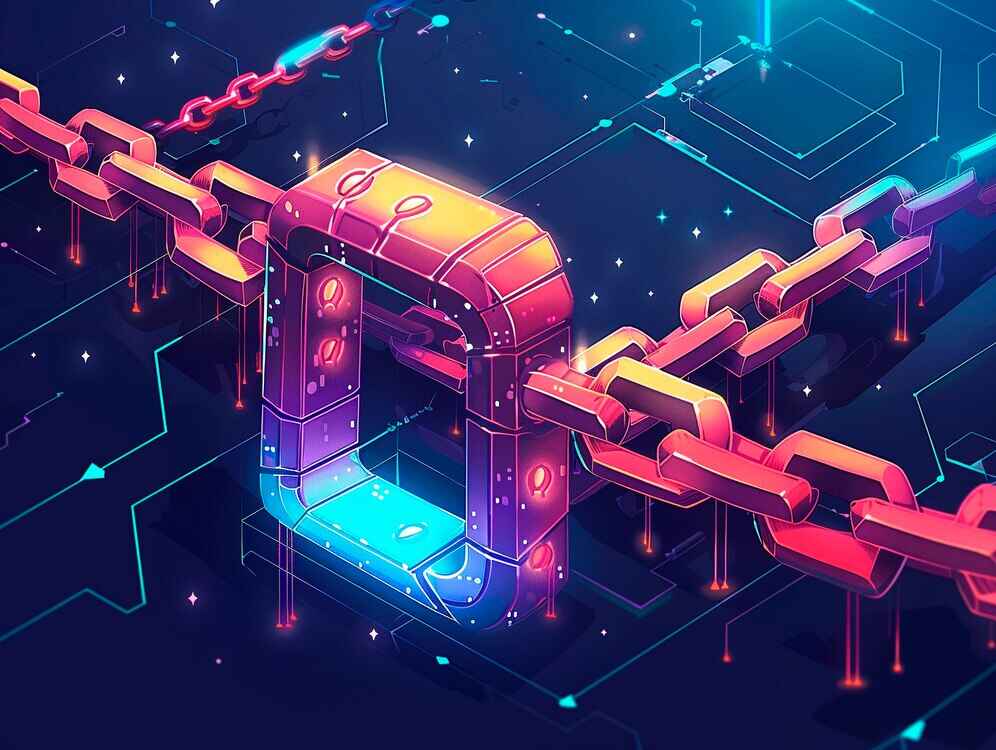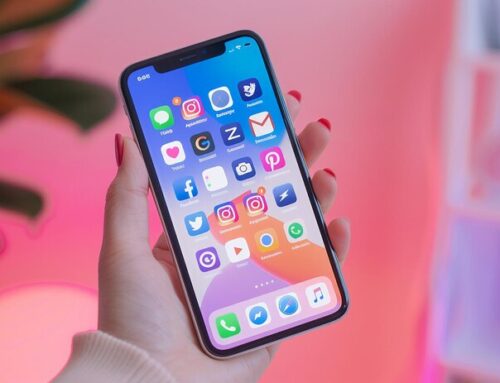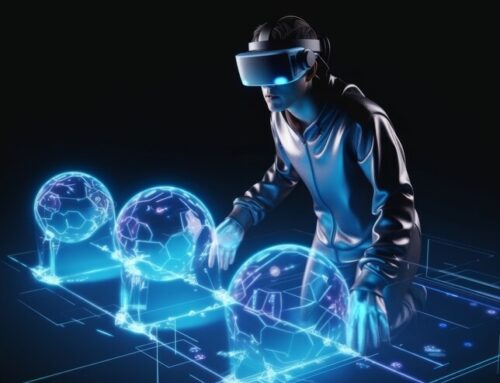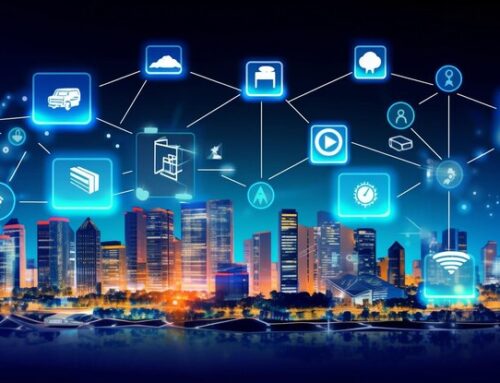Introduction
In the ever-evolving world of digital assets, Non-Fungible Tokens (NFTs) have taken center stage. These unique digital items have captured the imagination of artists, collectors, and investors alike. As the NFT market grows, innovative solutions are emerging to enhance the experience for creators and collectors. One such solution is NFTRandomize. In this article, we’ll explore what this platform is, its significance in the NFT space, how it works, and its potential impact on the future of digital collectibles.
Understanding NFTs
Before diving into the topic, it’s crucial to understand the concept of NFTs. Unlike cryptocurrencies like Bitcoin or Ethereum, which are fungible and can be exchanged for one another, NFTs are unique digital assets. Each NFT contains distinct information stored on a blockchain, ensuring its authenticity and ownership.
NFTs can represent various digital items, including artwork, music, videos, and virtual real estate. The ability to tokenize these assets has opened new avenues for creators, allowing them to monetize their work in previously impossible ways.
What is NFTRandomize?
This innovative platform enhances the NFT creation and distribution process by introducing a randomized element to NFT minting. Creators can generate unique assets with varied traits and characteristics, adding an exciting layer to the creation process. This randomness increases the value of NFTs by ensuring that each piece is truly one-of-a-kind.
Key Features
- Random Trait Generation: Creators can define a set of traits for their NFTs, such as colors, patterns, and accessories. The platform randomly combines these traits to generate unique digital assets.
- Enhanced Scarcity: The platform creates a sense of scarcity by randomizing traits. Even if multiple NFTs are minted from the same base design, each will have a unique combination of traits, making them more appealing to collectors.
- Community Engagement: The random nature of the platform can engage communities in the creation process. Collectors can participate by suggesting traits or voting on preferred attributes, fostering a connection to the artwork.
- Gamification: The randomness introduces an element of surprise, making the minting process akin to a game. Collectors may be drawn to the thrill of potentially obtaining a rare or highly sought-after NFT.
How It Works
Using this platform is relatively straightforward, making it accessible to both seasoned creators and newcomers. Here’s a step-by-step breakdown:
1- Creation of Base Assets
Creators start by designing a base asset, the foundation upon which random traits will be applied.
2- Defining Traits
Next, creators specify a set of traits that can be randomly generated. For instance, if creating a character, traits might include hair colour, clothing style, and accessories. The more traits defined, the more diverse the resulting NFTs will be.
3- Randomization Process
Once the base asset and traits are established, an algorithm combines them randomly. Each resulting NFT will have a unique combination of traits, ensuring that no two pieces are alike.
- Minting and Distribution
After the randomization, the unique NFTs can be minted on the blockchain. Creators can then sell or distribute them to their community on various NFT marketplaces.
The Significance in the NFT Ecosystem
Encouraging Creativity
This platform empowers creators to explore new artistic directions. By removing some constraints of traditional design, artists can focus on developing unique traits and experimenting with different combinations. This encourages innovation within the NFT space.
Fostering Collectibility
The randomness can drive demand among collectors. As more unique NFTs become available, collectors may be more inclined to purchase pieces simply for the thrill of owning something rare. This could increase competition and higher values for certain NFTs, benefiting creators and collectors.
Supporting Community Involvement
By engaging the community in the trait selection process, the platform fosters a sense of ownership and belonging among collectors. This involvement can lead to stronger connections between artists and their audiences, creating a more vibrant and supportive NFT ecosystem.
Potential Challenges and Considerations
While the platform offers many advantages, it has its challenges. Here are some potential considerations for creators and collectors:
Quality Control
With the introduction of randomization, there may be a risk of generating NFTs that lack quality or coherence. Creators must ensure that the traits they define are visually appealing and maintain the overall aesthetic of the base asset.
Market Saturation
As the ease of creating unique NFTs increases, market saturation is possible. If too many NFTs are minted using this approach, it may dilute the perceived value of individual pieces. Creators must find a balance between quantity and quality to maintain collector interest.
Intellectual Property Issues
Randomizing traits could raise questions about intellectual property rights. If a randomly generated NFT closely resembles an existing work, it may lead to legal challenges. Creators must ensure their traits are original and do not infringe on others’ copyrights.
The Future of Randomized NFTs
The NFT market is still in its infancy, and introducing platforms that utilize randomization could shape its trajectory. As technology advances and more artists explore the possibilities, we may see a diversification of NFT styles and formats.
Integration with Other Technologies
Future iterations may integrate with other technologies like artificial intelligence (AI) and augmented reality (AR). For example, AI could assist in generating traits based on trending styles, while AR could enhance the display and interaction with NFTs.
Expanding Accessibility
As the platform evolves, it may expand its accessibility, allowing creators from diverse backgrounds to participate in the NFT space. Simplifying the minting process and providing educational resources could empower a broader range of artists to showcase their work.
Collaboration and Partnerships
The future may also see collaborations with established NFT marketplaces, gaming platforms, or virtual worlds. Such partnerships provide creators with new avenues for distribution and engagement, further solidifying the role of randomization in the NFT ecosystem.
Conclusion
The introduction of randomization in the NFT creation process represents an exciting development in digital assets. This approach transforms how artists and collectors engage with digital collectables by fostering creativity, enhancing collectibility, and encouraging community involvement.
While challenges exist, the NFT space’s potential for innovation and growth is vast. As more artists and collectors embrace this new method, it could play a pivotal role in shaping the future of digital art and collectables.
Whether you’re an artist looking to mint unique NFTs or a collector seeking rare digital treasures, the randomization approach offers a fresh perspective that could redefine your experience in the NFT space.






